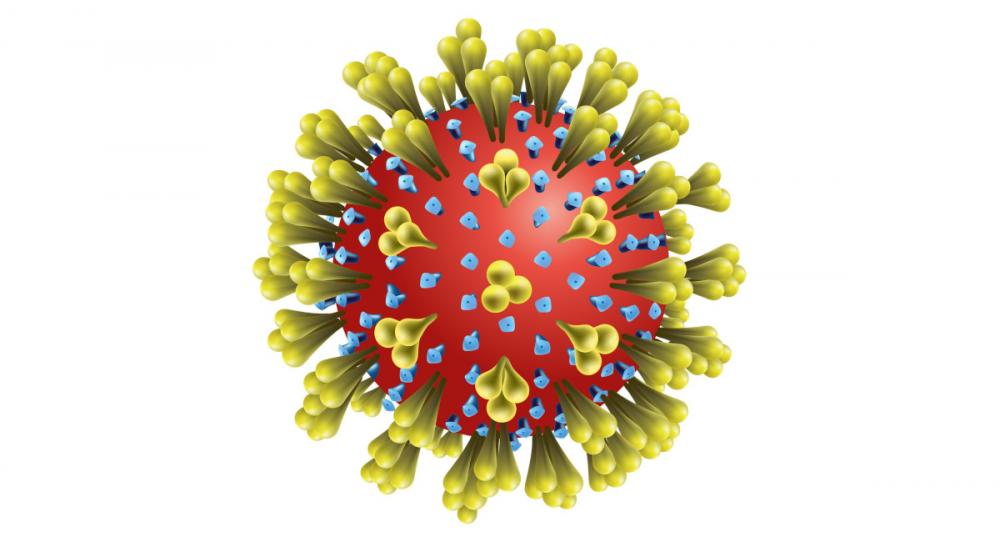 Many, many moons ago, my good friend and learned colleague Javvad Malik and I came up with a way to explain how a risk model works by using an analogy to a pub fight. I have used it in a presentation that has been given several times, and the analogy has really helped people understand risk, and especially risk appetite more clearly (or so they tell me). I wrote a brief overview of the presentation and the included risk model in this blog some years back.
Many, many moons ago, my good friend and learned colleague Javvad Malik and I came up with a way to explain how a risk model works by using an analogy to a pub fight. I have used it in a presentation that has been given several times, and the analogy has really helped people understand risk, and especially risk appetite more clearly (or so they tell me). I wrote a brief overview of the presentation and the included risk model in this blog some years back.
And now the Coronavirus has hit humanity AND the information security industry. Everyone is losing their minds deciding if they should self isolate, quarantine or even just generally ignore advice from the World Health Organisation (like some governments have shown a propensity to do) and carry on as usual and listen to the Twitter experts. During a conversation of this nature, Javvad and I realised that the Langford/Malik model could be re-purposed to not only help those who struggle with risk generally (most humans) but those who really struggle to know what to do about it from our own industry (most humans, again).
Disclaimer: we adopted the ISO 27005:2018 approach to measuring risk as it is comprehensive enough to cover most scenarios, yet simple enough that even the most stubborn of Board members could understand it. If you happen to have a copy you can find it in section E.2.2, page 48, Table E.1.
The approach is that an arbitrary, yet predefined (and globally understood) value is given to the Likelihood of Occurrence – Threat, the Ease of Exploitation, and the Asset Value of the thing being “risk measured”. This generates a number from 0-8 going from little risk to high risk. The scores can then be banded together to define if they are High, Medium or low, and can be treated in accordance with your organisation’s risk appetite and risk assessment procedures.
In our model, all one would have to do is define the importance of their role from “Advocate” (low) to “Sysadmin” (high), personality type (how outgoing you are) and the Level of human Interaction your role is defined as requiring. Once ascertained, you can read off your score and see where you sit in the risk model.
In order to make things easier for you, dear reader, we then created predefined actions in the key below the model based upon that derived risk score, so you know exactly what to do. In these troubled times, you can now rest easy in the knowledge that not only do you understand risk more but also what to do in a pandemic more.
You’re welcome.
Note: Not actual medical advice. Do I really need to state this?

